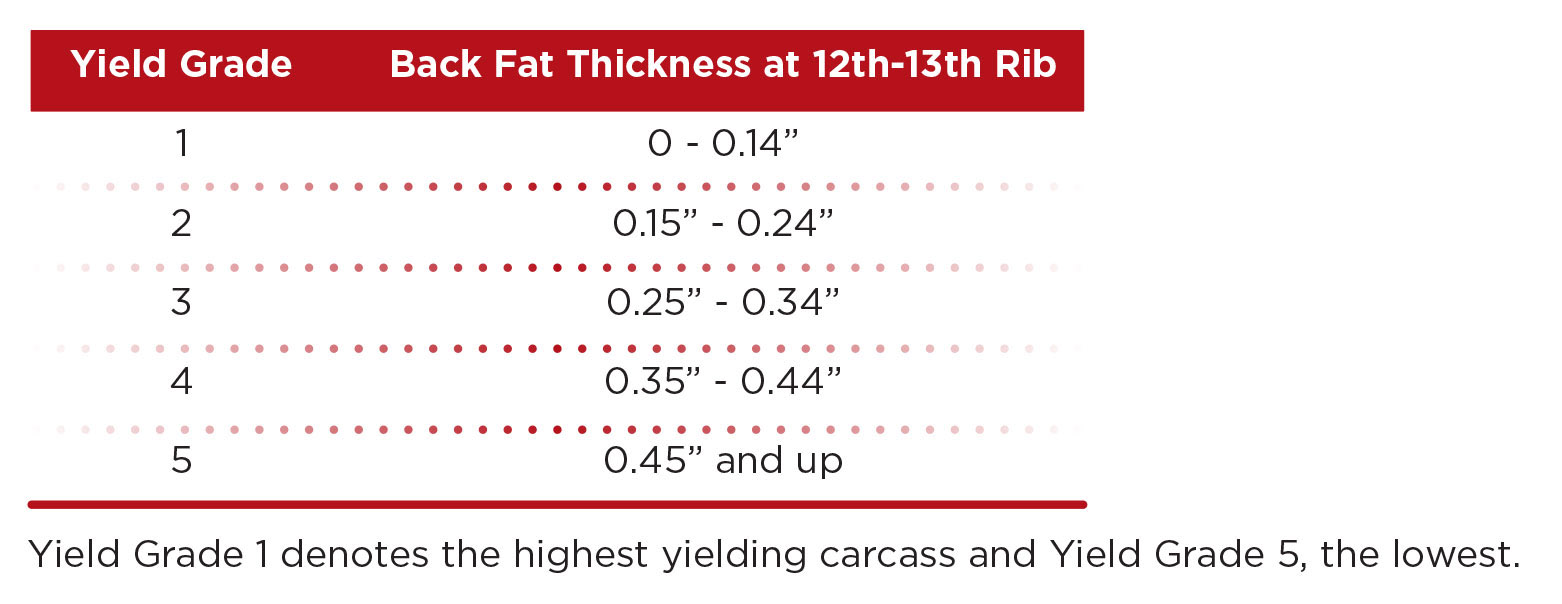
Lamb: Whole Animal Fabrication
02 May 2022Teaching whole animal butchery helps students understand meat purchases, cuts and proper preparation.
By American Lamb Board
Feedback & comments: This email address is being protected from spambots. You need JavaScript enabled to view it.
While many chefs will buy pre-portioned and trimmed cuts to save on labor costs, whole animal butchery education offers culinarians and students a better understanding of meat purchasing, cuts and how best to prepare them.
A lamb meat carcass includes lean muscle tissue, bones, fat and connective tissue. When considering the best cuts for various cooking techniques, it is important to consider the use of the muscle. Working muscles, such as the shoulder and leg, have more connective tissue and are less tender. In general, these tougher cuts of lamb should be prepared using moist-heat cooking methods, such as braising or stewing. Nonworking muscles, such as the rack or loin, are tender and should be prepared using dry-heat cooking methods such as roasting or grilling.
U.S. sheep are generally processed at seven to 10 months of age. The average weight of a lamb heading for processing is around 135 pounds. Meat from a sheep less than one year of age is called lamb. Meat from an older animal is referred to as mutton.
FACT: The average carcass weight or dressed weight of American Lamb is about 70 pounds, about 50 percent of the live weight.
All American Lamb is either USDA inspected for wholesomeness or inspected by state systems equal to the federal government. A symbol such as this USDA symbol verifies that the American Lamb passed inspection. 
USDA grades
It is helpful to be aware of USDA grading guidelines. The grade indicates the meat quality. For American Lamb, five quality grades have been set:
- Prime
- Choice
- Good
- Utility
- Cull
FACT: More than 90 percent of American Lamb will grade USDA Choice or Prime.
These grading classifications are based on the following factors:
- Age
- Degree of fat streaks in meat between ribs and on the flank muscle
- Conformation: The thickness and fullness of the carcass, muscularity and skeletal development, and ratio of meat to bone
- Texture, firmness and color of lean muscle tissue (marbling) in relation to the maturity of the carcass
Yield grades in American Lamb
The USDA has also established yield grades that reflect the number of cuts that can be expected from a lamb carcass. Yield grades 1, 2, 3, 4 and 5 are measured on the following factors:
- Conformation of Carcass: Consideration of the proportion of each cut to the carcass weight and also the general desirability of each cut as compared with other cuts.
- Thickness of Fat: Thickness of subcutaneous fat in the rib area of the 12th and 13th rib, measured five inches from the backbone.

Primal cuts
The four primal cuts (major sections of the carcass) of American Lamb are:
- Shoulder – A lamb shoulder includes the first four rib bones of each side and the arm and neck bones.
- Rack – A lamb rack is eight rib bones located between the shoulder and the loin of the lamb.
- Loin – The lamb loin is the primal cut between the rack and leg that includes the 13th rib, the loin eye muscle, the center section of the tenderloin, the loin strip and some flank meat.
- Leg – A leg of lamb is a primal cut that contains the last portion of the backbone, hip bone, aitchbone, round bone, hindshank and tail bone. Leg of lamb includes part of the sirloin, the top round and the bottom round.
For a classroom whole animal butchery demonstration, it is best to cut the carcass into primals and then further fabricate into subprimals and cuts. Click here to watch a video that provides an overview of the lamb carcass, primals, subprimals and cuts.
The following chart shows the various lamb primals, subprimals and cuts and can be used as a guide when doing a whole lamb carcass butchery demonstration:

A leg of American Lamb is often roasted whole but can be fabricated into semi-boneless and boneless roasts or further fabricated into steaks, cutlets, hind shanks, kabob meat and stew meat. The following step-by-step graphics show how to create of a boneless leg roast (BRT) and the fabrication of a lamb leg.


The American Lamb loin can be purchased whole, split, boneless or portion cuts. Loin chops are lamb’s version of a T-bone or porterhouse steak.
The American Lamb Rack is one of the most popular cuts sold on fine dining menus. It is often purchased split and with chine removed. It also can be ordered frenched with the rib bones exposed (see following step by step graphic) or boneless.

The American Lamb shoulder can be purchased as a bone-in item or as a BRT roast (see the following step-by-step graphic). The shoulder can be cut into portion chops or cut into stew meat. It can also be used for grind.

The American Lamb Brest provides spareribs and lamb belly. Denver spareribs are often called Denver Ribs. Lamb foreshank is typically purchased whole for braising but can be cut into an osso buco as well.
The following shows the most common lamb cuts used in foodservice operations by primal.

For more information, visit the American Lamb Board.
